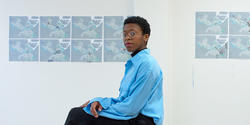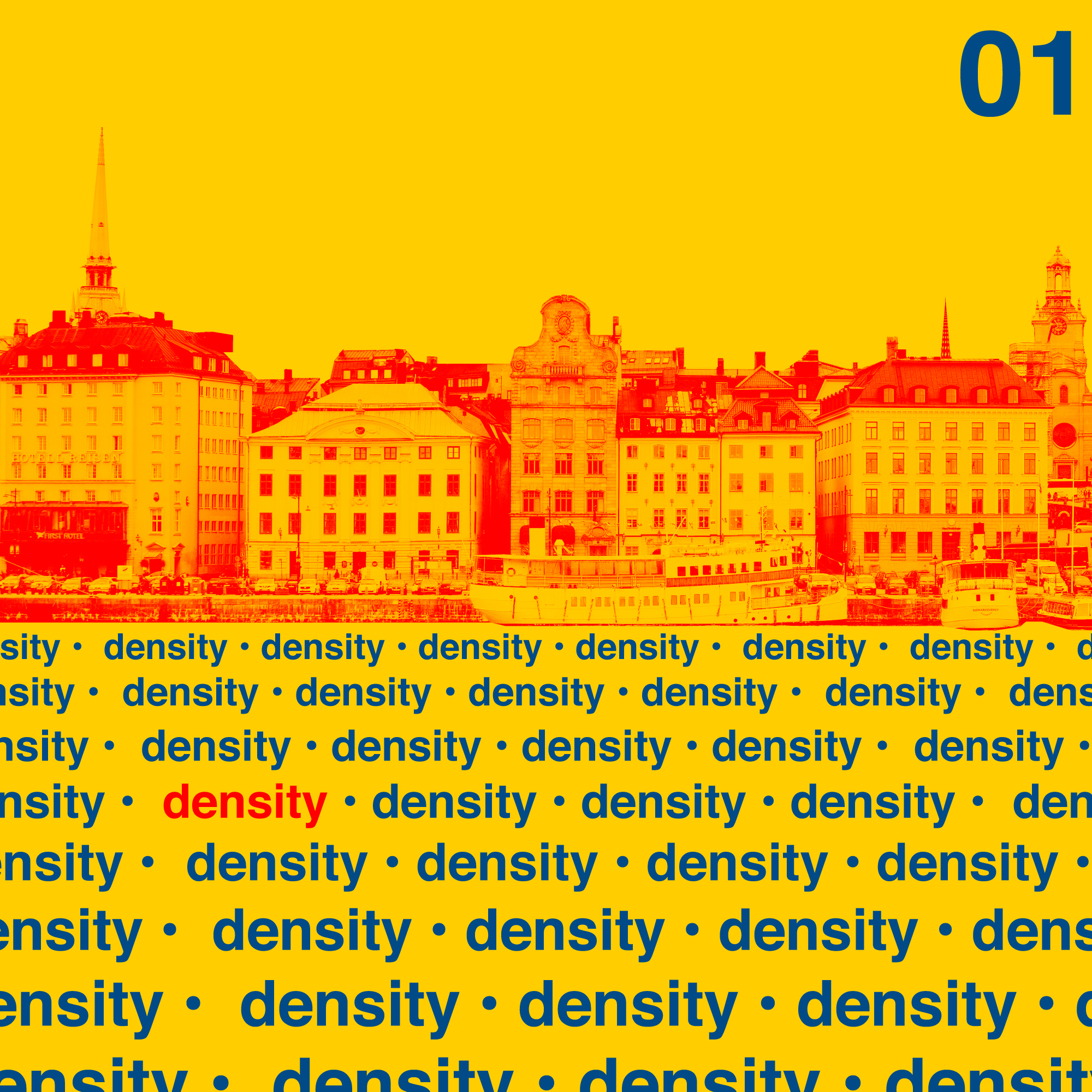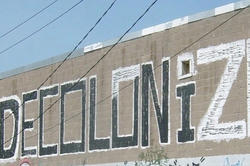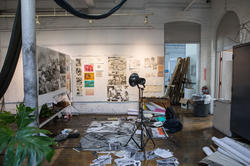Faculty, curators and librarians come together for a semester-long seminar on decolonization that builds on the institution’s commitment to advancing social equity and inclusion.
Five Questions: Jess Myers

Last year RISD hired a cohort of full-time faculty members focused on race, colonization, decolonization, post-coloniality, cultural representation and material practices of resistance. The educators who joined the community as part of that “Race in Art & Design” cluster hire initiative began teaching at RISD in the fall and have graciously agreed to share their unique pedagogical approaches in this series of Q&As. In this interview, we hear from Architecture department faculty member Jess Myers.
Can you please say a little bit about yourself and your areas of academic focus?
My areas of focus are primarily urban planning and urbanism writ large. My specific area of interest within that is narratives of security and how they’re used to direct plans for public space as well as policy that impacts the built environment.

What attracted you to RISD?
Students at RISD are hungry for conversations about politics and policy and the built environment, so I’m able to do the kind of work I like to do in a way that is really energizing. Their curiosity pushes me to develop more and more precise syllabi to meet students where they are willing to go. That’s not common in architecture, where people often want to focus on the object. RISD students are very expansive in their thinking, which is exciting.
“Students at RISD are hungry for conversations about politics and policy and the built environment, so I’m able to do the kind of work I like to do in a way that is really energizing.”
What classes did you teach in the fall semester? And what challenges and opportunities do you face teaching through the lens of decoloniality?
I teach thesis and the Core 3 studio in the Architecture department, which focuses on the city and is often students’ first exposure to city planning or urbanism. The way I teach is very policy- and power-focused. Who’s financing the built environment? What can you learn about priorities based on what has already been built?

I don’t use the term decoloniality when discussing my work because it is tempting to turn that word into a metaphor when it’s actually a grounded demand coming from Indigenous communities for returning the exploited resources of unceded land. I think about my work more through the lens of liberatory politics, the ethics of scholars like [prison abolitionist] Ruth Wilson Gilmore, who speculate about what a new vision for the world might look like. I ask students to think about which existing frameworks of thinking they should be questioning.
“It is tempting to turn the word decoloniality into a metaphor when it’s actually a grounded demand coming from Indigenous communities for returning the exploited resources of unceded land.”
What’s the most important thing you hope students will learn in your classes?
I want them to build a sense of criticality that allows them to tie their practices to the concerns of life. That’s really important for architecture, especially now in this shifting landscape of labor. SHoP [Sharples, Holden and Pasquarelli] architects are electing for a union, which would be the first new private sector union in the US since the 1930s if it goes through. That’s huge. It has been really easy to exploit architects as a workforce, to refuse to pay them for internships and overtime work and to deny them parental leave, for example.
What is your take on RISD’s current state in terms of social equity and inclusion? What would you like to see the college focus on moving forward?
I don’t think RISD’s struggles are unique. I think that social equity and inclusion is difficult for all educational institutions in the US because the way the educational system is structured is unequal. Sitting a 17-year-old down in the financial aid office to sign a form and borrow $10,000 or more is an absurd scenario. At RISD it’s a question of course content but it’s also a question of what impact we’re prepared to have on the larger problem of inequity in education in the US.
—interview by Simone Solondz
Read the whole series and learn more about RISD’s commitments to Social Equity and Inclusion.
January 27, 2022

